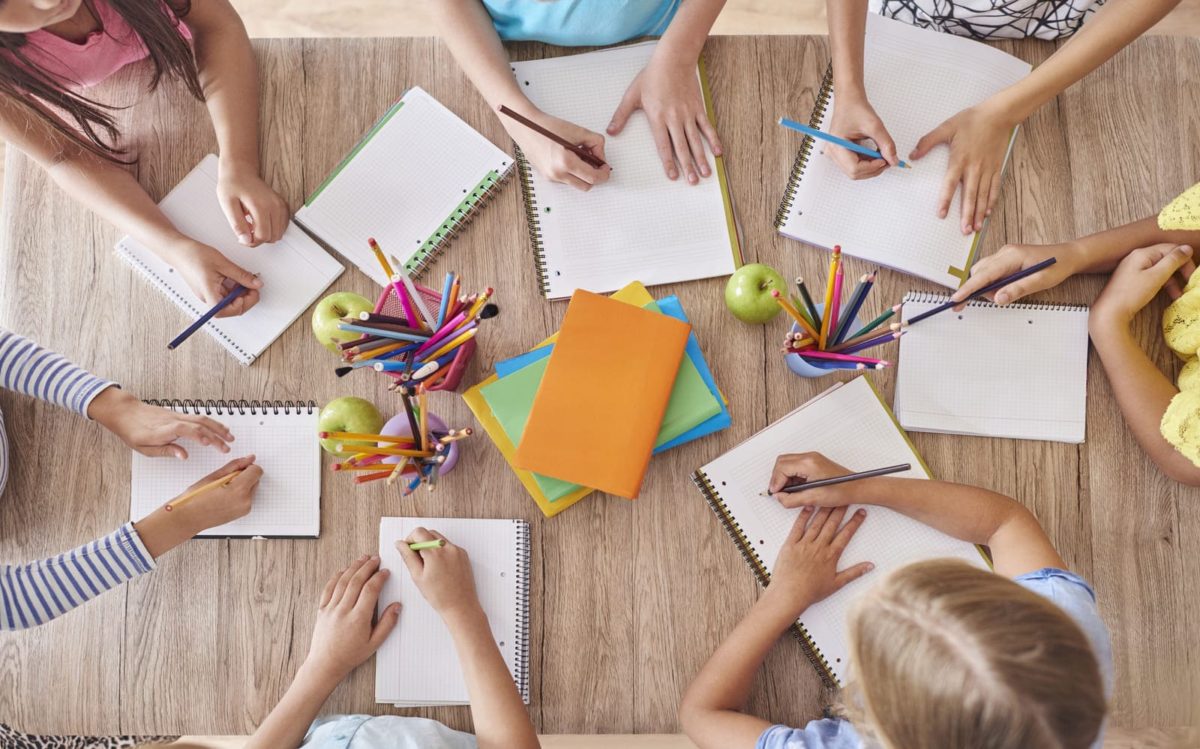In the early years, children progress through a series of stages as they are learning to write. Learning to write requires simultaneous physical and mental processes which can be a challenge for young children.
The writing processes involves holding the pencil with the correct grip, using the small muscles in the hands and eventually combining these actions with corresponding expressions of an idea.
The stages of writing reflect a child’s physical development as well as their growing knowledge of how letters and sounds can be used to express meaning. Although the stages are quite defined, each child will progress at their own pace and it is important to remember that all children will achieve writing milestones at different stages.
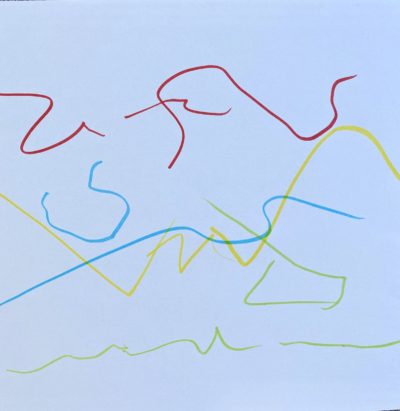
This is a child’s first experience of grasping a writing utensil and exploring mark making. At this stage they do not discriminate between pictures and letters or words and their scribbles represent communication of ideas rather than language.
Children at this stage should be encouraged to explore space and form using different media such as thick crayons, markers, whiteboards and unlined paper.
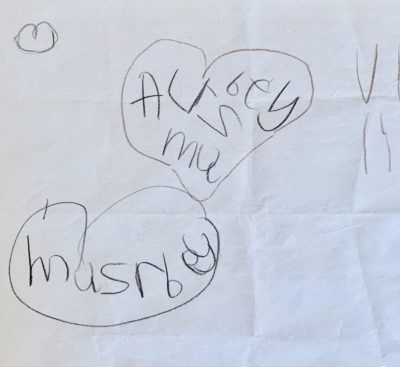
As children begin to learn letters and sounds, they can make the connection between print and meaning. Young children can begin to show their understanding that certain symbols and basic shapes convey a message.
There can be a lot of repetition at this stage as children experiment with familiar letters and shapes such as squares and circles. They may recognise letters from their name and attempt to incorporate them into their writing.
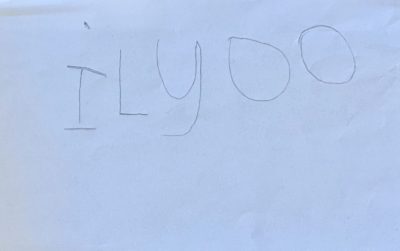
As young children are exposed to more alphabet sounds and shapes, they will begin to string together familiar letters. These usually are consonants or perhaps the letters from their name. There is usually no space between the letters and the size and shape can vary greatly.
At this stage, a correspondence begins between familiar sounds and the letters used to represent them. Initial sounds may be used to represent whole words or pictures (for example, using an “s” beside a picture of a sun). With some explanation from the child, they can “read” the string of letters to you with each letter representing a word (“c” may be used to represent “cat”).
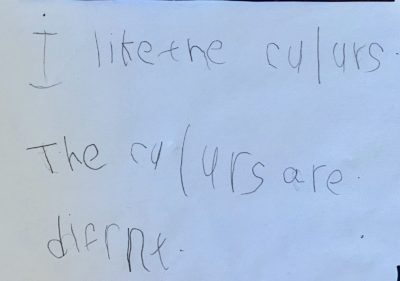
With more exposure to printed material, phonics knowledge and reading practice, children begin to match their speech to printed words and more coherent writing with spaces emerges. Children learn to read using their finger to guide them to each word and this one-to-one correspondence begins to appear in their own writing. Phonetic spelling is used to sound out simple words with beginning and ending sounds appearing first and then later progressing to include vowel sounds.
If children have been explicitly taught it, the beginnings of punctuation may be seen with capital letters and full stops being used to form small sentences. Writing on a line becomes more important at this stage and children must learn to adjust the size of their letters to fit within the space given.
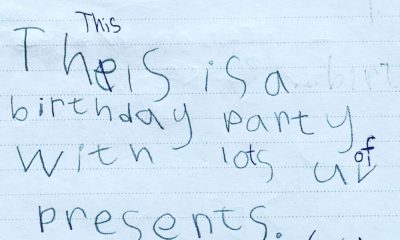
High frequency words and new vocabulary are introduced to children and these form the basis of their writing. High frequency words are beginning to be spelled correctly and children use their extensive phonics knowledge to attempt spelling of longer or unfamiliar words. Upper-case and lower-case letters begin to be used appropriately within sentences as well as basic punctuation.
Storybooks give children inspiration for their own imaginative writing and children will start to write their own fictional stories. Non-fiction styles of writing are also introduced at this stage such as instructions, information and diary style texts. As children learn how to write for different purposes, their vocabulary and spelling develops. Handwriting becomes smaller and children are introduced to connecting their letters as their cursive skills develop.
